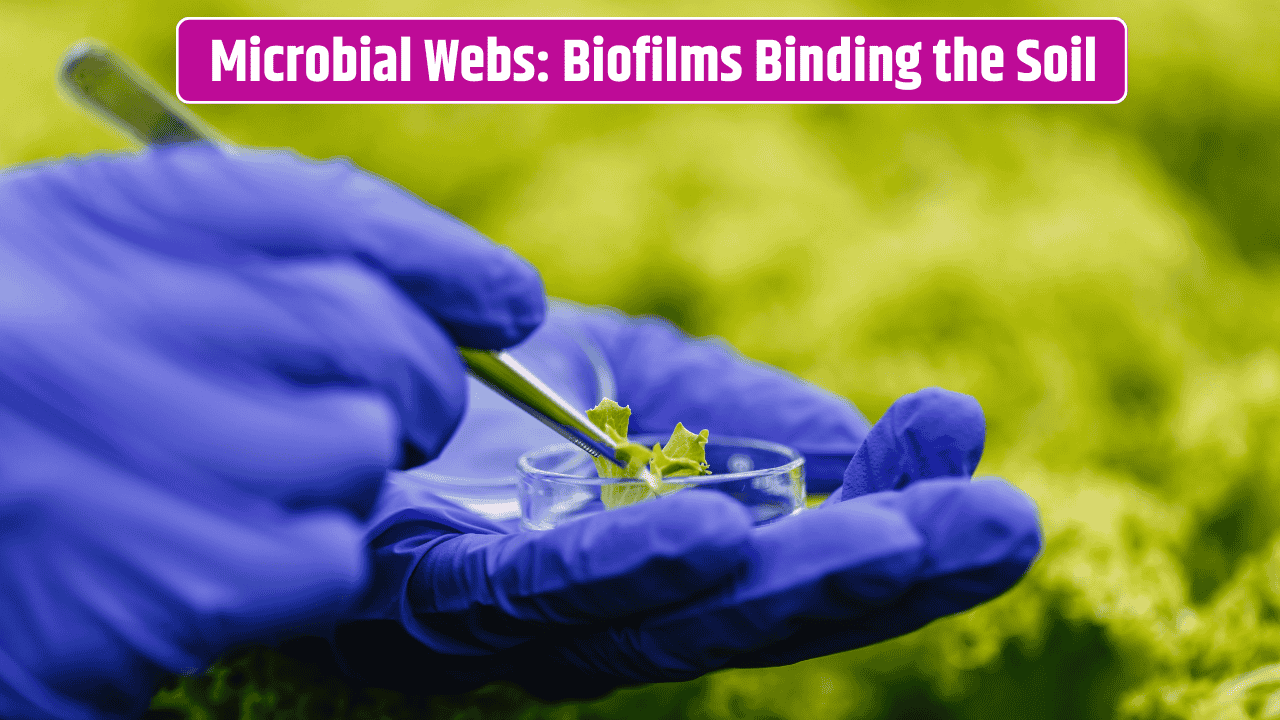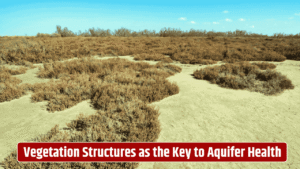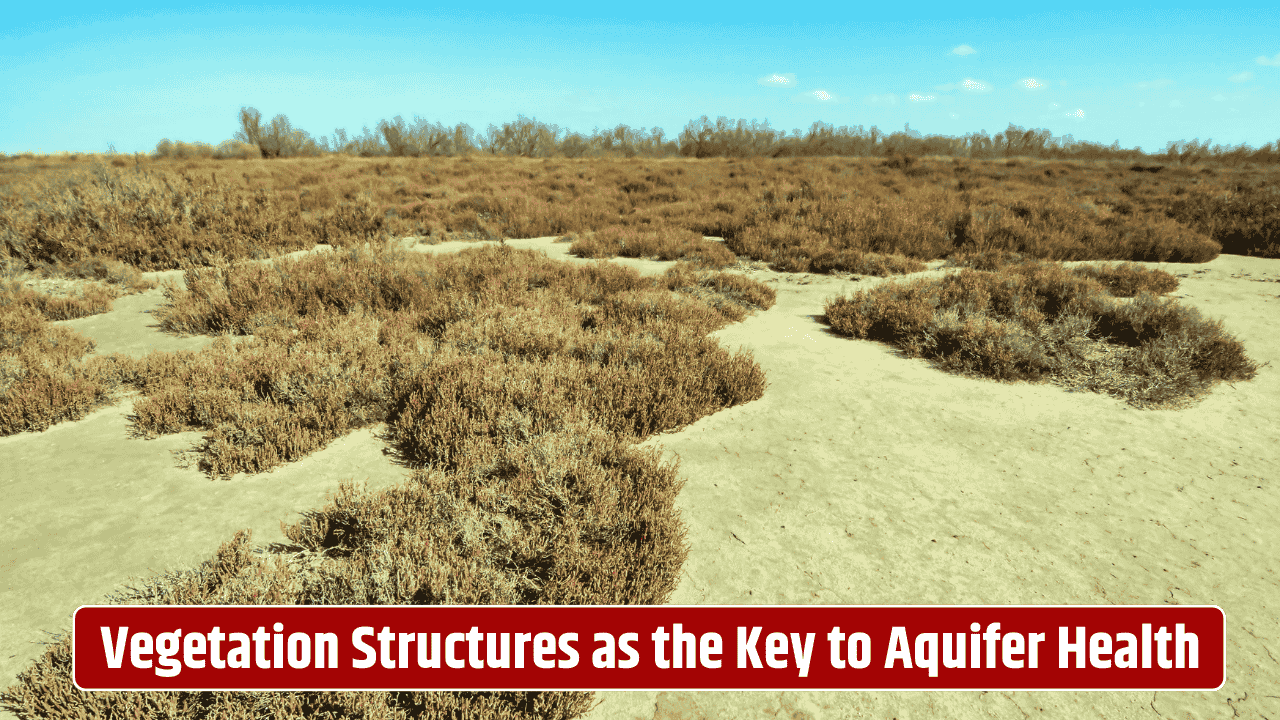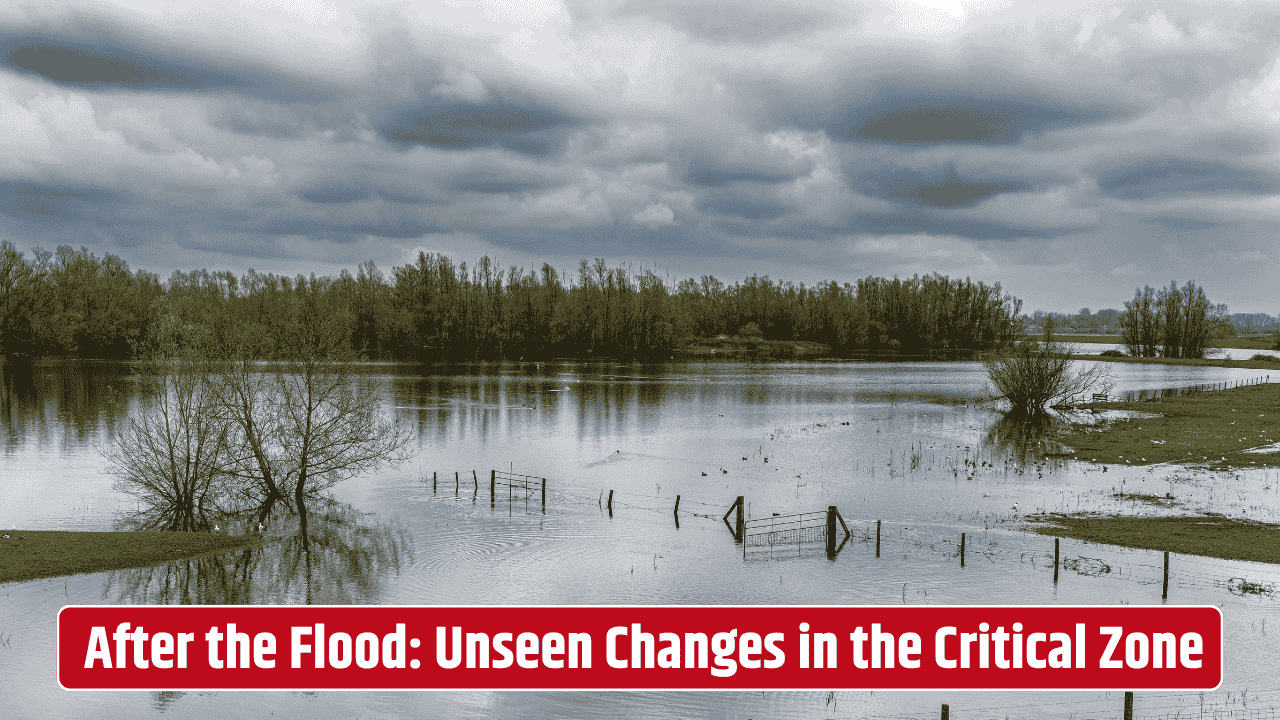If you’ve ever walked barefoot on a patch of damp soil and noticed how the ground feels oddly firm despite being wet, you’ve already had a brush with one of nature’s quiet engineers—biofilms. These thin, slimy microbial mats are far more than just muck on rocks or that gunk inside water pipes. In the soil, biofilms form microscopic scaffolds that hold grains together, regulate moisture, and even influence how well crops grow. It’s like having an invisible workforce beneath our feet, quietly stitching the land into a stable, living fabric.
Table of Contents
What Exactly Are Biofilms?
A biofilm is essentially a community of microorganisms—bacteria, fungi, algae—that stick to surfaces and to each other, encased in a self-produced matrix of polymers. Think of it as microbial glue. In soils, these films coat particles of sand, silt, and clay, turning loose sediment into a more cohesive structure. Unlike free-floating microbes, biofilm-forming microbes work collectively, sharing nutrients, protecting one another from stress, and altering the micro-environment to make it more habitable.
The Soil Stability Connection
Soil stability isn’t just about preventing erosion; it’s about maintaining the delicate balance of air, water, and nutrients that crops and plants rely on. Biofilms act like nature’s rebar, binding soil particles into aggregates. When rain hits bare earth, biofilms reduce the risk of runoff and crusting, allowing water to seep deeper instead of washing away valuable topsoil. They also help lock in organic matter, which is critical for fertility.
Here’s how biofilms contribute to soil stability in a nutshell:
| Function | How Biofilms Help | Impact on Soil |
|---|---|---|
| Particle binding | Excrete sticky polymers that glue particles | Prevents erosion, strengthens aggregates |
| Water retention | Trap moisture in matrix | Keeps soil hydrated longer |
| Organic cycling | Aid in decomposition of organic matter | Boosts fertility and carbon storage |
| Resistance | Protect microbes from drought, salinity | Enhances resilience in harsh conditions |
Agriculture’s Hidden Ally
Farmers have long worried about erosion, especially in regions facing intense rainfall or prolonged drought. What’s fascinating is that biofilms could be a natural ally in sustainable agriculture. Studies show that fields with healthy microbial activity resist erosion better and require less chemical input. Practices like reduced tillage, cover cropping, and organic amendments encourage biofilm growth by giving microbes stable habitats and steady food sources.
The U.S. Department of Agriculture has emphasized soil health initiatives that highlight microbial activity as a cornerstone of resilience. Similarly, the Food and Agriculture Organization stresses the role of soil biota in preventing degradation. Biofilms are central to this—though rarely mentioned by name in mainstream policy.
Biofilms in a Changing Climate
As climate change ramps up weather extremes—floods, droughts, heatwaves—soil stability becomes even more crucial. Biofilms offer a buffer against these swings. During drought, their sticky matrix reduces desiccation. After floods, they help soil recover structure faster. And because biofilms also influence carbon cycling, they play into the broader climate story. Stable soils mean less carbon released and potentially more stored underground.
The Challenges and the Promise
Of course, it’s not all rosy. Some biofilms can harbor pathogens or make soils hydrophobic (repelling water), which complicates things. But overall, their role in maintaining structure and fertility outweighs the downsides. Scientists are now exploring ways to engineer biofilm-promoting amendments—essentially microbial “probiotics” for soils—that could be spread like fertilizers.
The big picture? If we treat soil not as dirt but as a living ecosystem with biofilms as its architects, we open the door to farming practices that are both productive and regenerative. And that could be a game-changer for food security.
FAQs
Are biofilms good or bad for soil health?
Mostly good—they improve stability and fertility. But in some cases, biofilms can host harmful microbes or make soil temporarily water-repellent.
Can farmers directly add biofilms to soil?
Not exactly. Farmers can add amendments or inoculants that encourage biofilm formation, but biofilms themselves are naturally formed.
Do biofilms impact crop yields?
Indirectly, yes. By improving water retention, soil structure, and nutrient cycling, biofilms can enhance yields over time.
How do biofilms differ from compost microbes?
Compost microbes live in a decomposing pile, often free-floating. Biofilm microbes are structured communities bound together in soils.
Are biofilms recognized in soil conservation policies?
They’re not usually mentioned explicitly, but the broader push for “microbial soil health” in USDA and FAO policies includes them.










